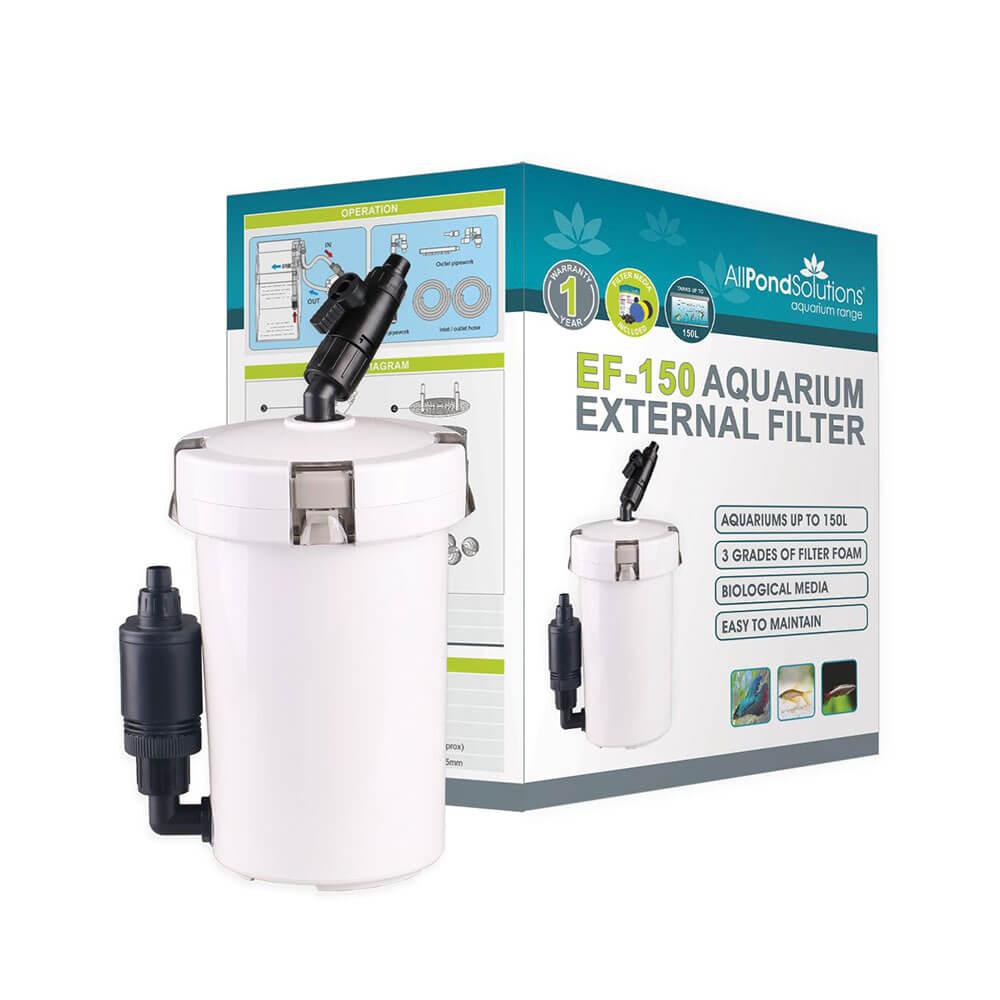When should I start planting in my pond?
With Spring on the horizon, you might be wondering when’s the best time to get out there and start planting. When thinking about planting in your pond, the best time to do this is during spring or early summer months. This is because of the water being warmer and the plants are ready to bloom. Planting in the spring allows your plants more time to get established, however you can plant anytime throughout the growing season.
When starting to add plants to your pond you will need aquatic compost, free from fertilizers and contaminants such as herbicides. The aquatic compost will release nutrients slower and therefore reduce the chances of the pond turning green with algae.
Next you will need pond plant baskets. The lattice-work sides allow your plants to grow without spreading and becoming out of control or allowing deep rotted plants from piercing pond liners. Pond plant baskets come in a variety of shapes and sizes making it easy for plants to be planted in all areas of your pond.
The best thing to do before planting is to plan what you’re going to do. Imagine your pond split into 5 zones, each zone is best suited for different kinds of aquatic plants.
Zone one is for the moisture loving plants, who are best placed in the ground around your pond. These plants love the moist soil around the edge of the pond but should never be submerged in the pond as they will not survive. A brilliant example of this is the Blue Iris.
Zones two & three are for the marginal aquatic plants which thrive in shallow waters. These plants are a great way to decorate the shelves on the edges of your pond. When looking at the plants to decorate this area ensure that you check your plants preferences so that your plants can thrive in their new home. Some marginal plants that prefer slightly deeper waters should sit in zone three and those that prefer more shallow waters should sit in zone 2.
What Marginal plants should I use?
Some great examples of marginal plants are
- Butomus Umbellatus - Flowering Rush
- Acourus
All of which are great for attracting wildlife to your pond!
Zone 4 is where your submerged, deep-water aquatics and the oxygenators should sit. These plants that dwell at the bottom of your pond play an important role in creating a healthy pond as they produce well oxygenated water which is essential for fish and wildlife. When planting this deep, it may be a good idea to invest in some handy gloves to keep you dry. These Gold label long Pond Gloves will keep your whole arm dry when adding plants to your pond.
Great plants for the bottom of your pond are Water Lilies.
Pond Plant Top Tip:
Water Lillies will need to start off raised away from of the bottom of the pond until these are established, in which case these can be lowered.
The last zone for your pond is for the floating plants that grow and float on the surface of your pond. These are used to create cover for wildlife and shade over the ponds surface. These are good for ponds that tend to have sun directly on them during the day, as this helps to reduce the algae in the pond.
Once you’ve selected all your plants and pond baskets and have everything in place, you may want to consider adding some plant food. The waterlife pondflora Tablet Plant Food is a slow release plant food that contains all the necessary nutrients which pond plants need to flourish.
For more information about pond plants or how to take care of your pond, see our Fishkeeping Advice page.


